Water Filtration
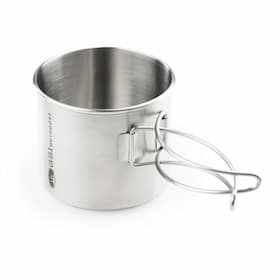 Stainless Steel Bottle Cup/Pot
$20.75 - $25.00
Stainless Steel Bottle Cup/Pot
$20.75 - $25.00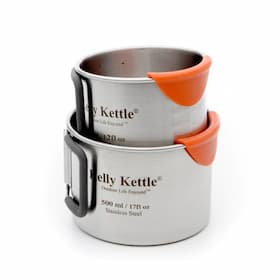 Kelly Kettle Stainless Steel Mug Set
$29.95
Kelly Kettle Stainless Steel Mug Set
$29.95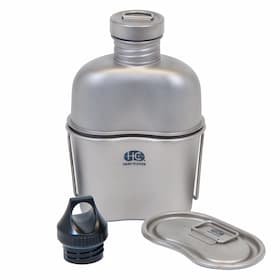 Heavy Cover US GI Style Titanium Canteen Mess Kit
$240.95
Heavy Cover US GI Style Titanium Canteen Mess Kit
$240.95 Klean Kanteen Reflect Stainless Steel Water Bottle
$47.50coec choice
Klean Kanteen Reflect Stainless Steel Water Bottle
$47.50coec choice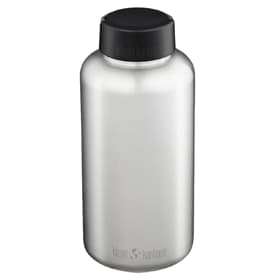 Klean Kanteen Stainless Steel Widemouth Water Bottles
$42.50 - $57.00
Klean Kanteen Stainless Steel Widemouth Water Bottles
$42.50 - $57.00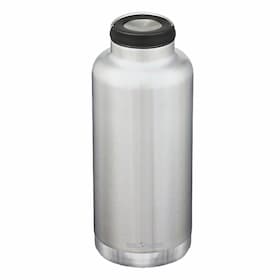 Klean Kanteen TKWide Insulated Water Bottles
$64.75 - $83.75coec choice
Klean Kanteen TKWide Insulated Water Bottles
$64.75 - $83.75coec choice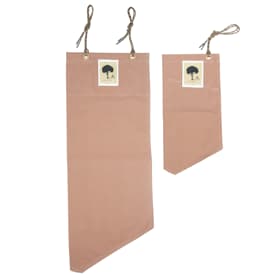 The Brown Filter Bag
$53.75 - $73.75coec choice
The Brown Filter Bag
$53.75 - $73.75coec choice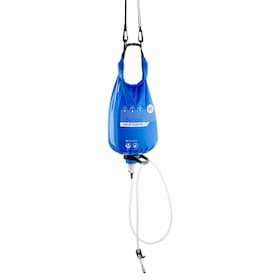 Katadyn Gravity BeFree 6L Water Filter
$144.95
Katadyn Gravity BeFree 6L Water Filter
$144.95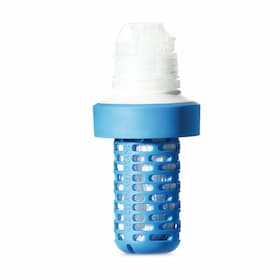 Katadyn BeFree Replacement Water Filter
$32.95
Katadyn BeFree Replacement Water Filter
$32.95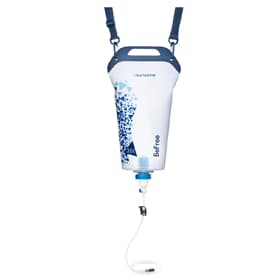 Katadyn BeFree 3L Water Filter
$98.95
Katadyn BeFree 3L Water Filter
$98.95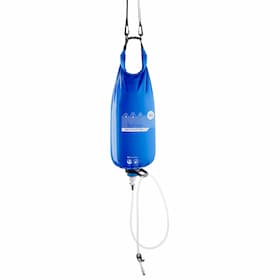 Katadyn Gravity Befree 10L Water Filter
$165.95coec choice
Katadyn Gravity Befree 10L Water Filter
$165.95coec choice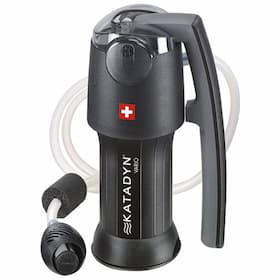 Katadyn Vario Tri-Technology Microfilter
$147.95
Katadyn Vario Tri-Technology Microfilter
$147.95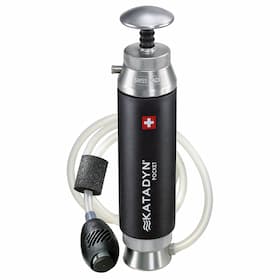 Katadyn Pocket Microfilter
$489.95coec choice
Katadyn Pocket Microfilter
$489.95coec choice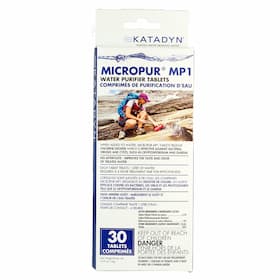 Katadyn Micropur MP1 Water Purification Tablets
$21.95coec choice
Katadyn Micropur MP1 Water Purification Tablets
$21.95coec choice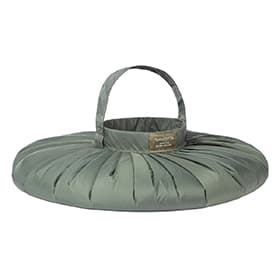 Savotta Water Bag
$45.50
Savotta Water Bag
$45.50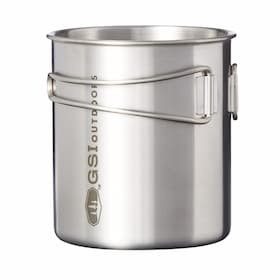 Large (24 oz) Stainless Steel Bottle Cup/Pot
$24.00 - $30.25
Large (24 oz) Stainless Steel Bottle Cup/Pot
$24.00 - $30.25 Packable Camp Coffee Filter
$45.00
Packable Camp Coffee Filter
$45.00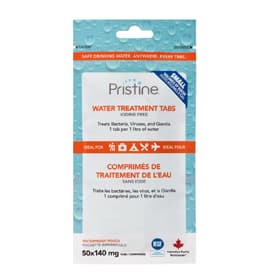 Pristine Water Purification Tablets
$11.75
Pristine Water Purification Tablets
$11.75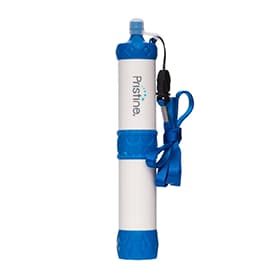 Pristine Water Filtration Straw / Pump
$28.75
Pristine Water Filtration Straw / Pump
$28.75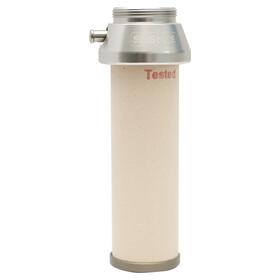 Katadyn Pocket Replacement Element
$289.95
Katadyn Pocket Replacement Element
$289.95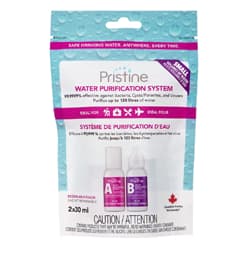 Pristine Water Purification Drops
$20.95 - $25.75Sold Out
Pristine Water Purification Drops
$20.95 - $25.75Sold Out Nalgene Seamless Stainless Steel Water Bottle
Sold Out
Nalgene Seamless Stainless Steel Water Bottle
Sold Out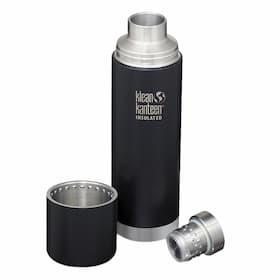 Klean Kanteen TKPro 1L Insulated Bottle
Klean Kanteen TKPro 1L Insulated Bottle
About Water Filtration / Bottles
Water is the single most important commodity during any outdoor activity. Hydration levels can make the difference between having a good time while on that canoe trip, or being sprawled out in a tent with muscle spasms, killer nausea and a wicked headache. As the saying goes, you can last 30 days without food, but only 3 days without water, so having effective means of purifying and storing water while in the bush (or in the city) is paramount.
Filtering water is a must when in the backcountry, in order to avoid getting a nasty surprise once you’re home after your trip. There are three types of pathogens that one must protect against when purifying water: Protozoa, bacteria, and viruses. Backcountry water purification systems are designed to remove living biological pathogens, and will not remove heavy metals, chemical contaminants, or pollutants.
Protozoa, the largest of these pathogens (1 - 15 microns), are parasitic single celled organisms, and in Canada, commonly include Giardia (beaver fever - present in the faeces of muskrat and beaver) and less commonly Cryptosporidia (present in cattle and other animal faeces). Ingesting even a single one of these organisms can result in nausea, vomiting, chills, headache, fever, watery diarrhoea, and abdominal cramps, with symptoms showing up two to twenty five days after infection - not the type of souvenir one is looking to bring home.
Bacteria (02. - 5 microns) that can inhabit water sources in Canada include E-coli and Salmonella. Bacteriological infection can be much more serious than protozoans - symptoms include severe stomach cramps, diarrhea and vomiting and complications can include kidney failure, or even death. While not as prevalent in back country areas (it is more commonly found in areas affected by agricultural runoff or in populated areas), filtering for these microbes will ensure that the only memories that form from that canoe trip you’ve been planning are good ones.
Viruses, the smallest of water borne pathogens (0.02 - 0.2 microns) include Hepatitis A, Norwalk Virus, Roto Virus, and the Polio Virus, but are not usually present in most backcountry or wilderness areas in Canada. Viruses are parasitic, and as such, require living cells as hosts to propagate, which means you’re far more likely to run into them in populated areas, or in outlying regions of high density urban centres where insufficient treatment of sewage may pose a problem.
As both protozoa and bacteria are fairly large (as microbes go) they can be physically filtered out of water. Our many backcountry filters do an excellent job of making water safe to drink while in the bush. Filtering is usually all that is required while in most wilderness areas in Canada, and this is what we at the store do when we go out. Should you be travelling internationally, or be drawing waters from areas which may receive agricultural, or urban area runoff, adding chemical treatment (water purification tablets) into the mix will help safeguard against and all water borne pathogens that one may encounter.
